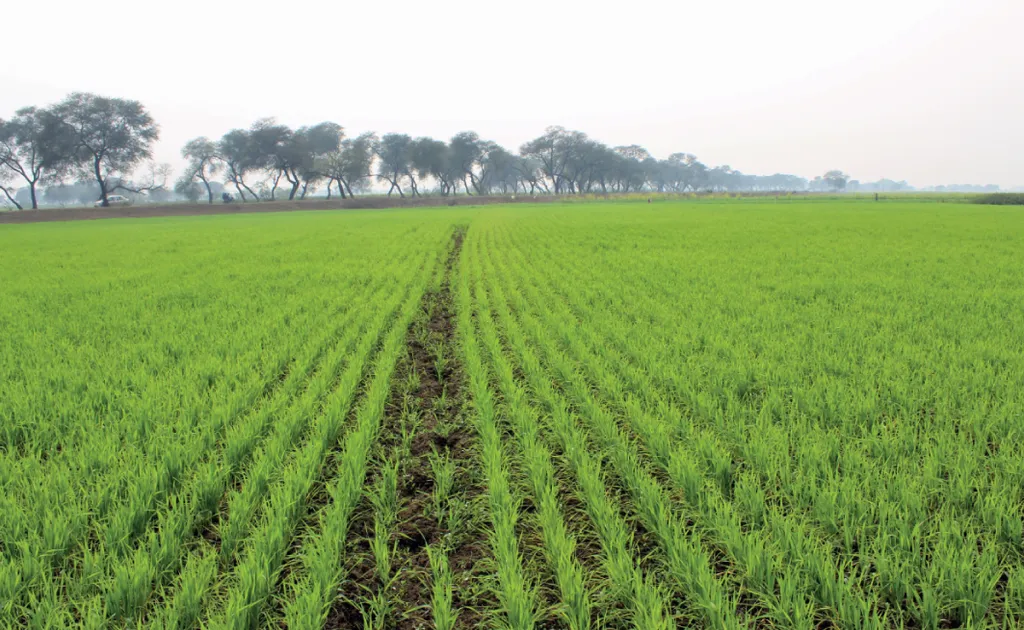In the heart of India’s agricultural landscape, a groundbreaking study is reshaping the way farmers and policymakers approach crop selection. Led by Angammal S., a researcher affiliated with a prominent institution, the study introduces a novel method that promises to optimize crop selection, enhancing sustainability and economic viability in the Ariyalur district. This innovative approach, published in the journal “Neutrosophic Sets and Systems” (which translates to “Sets and Systems of Neutrosophy” in English), combines advanced mathematical techniques with practical agricultural insights, offering a robust framework for decision-making in an uncertain world.
The research addresses a critical challenge in agriculture: the inherent unpredictability of crop selection. Traditional methods often struggle with incomplete data and the complex interplay of environmental, social, economic, and soil nutrient factors. Enter the neutrosophic set, a sophisticated tool that accounts for the degrees of truth, falsity, and indeterminacy in data. “This approach is particularly adept at handling the uncertainties that are so prevalent in agriculture,” explains Angammal S. “By incorporating these three dimensions, we can make more informed and sustainable decisions.”
The study employs a multi-criteria decision-making framework, integrating expert advice and extensive literature analysis to identify key criteria for sustainable crop planning. Eleven significant criteria were selected, encompassing a wide range of concerns from soil health to economic impact. The researchers then used a single-valued neutrosophic set-based weighted averaging operator to consolidate the views of different decision-makers into a unified opinion. This method not only simplifies the decision-making process but also ensures that all relevant factors are considered.
One of the most compelling aspects of this research is its potential to boost the agricultural sector’s self-sufficiency and contribute to the country’s GDP. By optimizing crop selection, farmers can maximize yields and minimize waste, leading to more efficient and profitable farming practices. “This approach has the potential to revolutionize the way we think about agriculture,” says Angammal S. “It’s not just about choosing the right crop; it’s about creating a sustainable system that benefits everyone involved.”
The study also highlights the importance of collaboration between researchers, policymakers, and farmers. By working together, they can develop regulations and practices that support sustainable agriculture and ensure food security for future generations. The Ministry of Agriculture and other stakeholders can use this research to formulate guidelines for crop harvesting methods, ensuring that they are both effective and environmentally friendly.
The implications of this research extend far beyond the Ariyalur district. As climate change and other global challenges continue to impact agriculture, the need for robust and adaptable decision-making tools has never been greater. This study offers a promising solution, one that could shape the future of sustainable farming practices worldwide.
In the ever-evolving landscape of agriculture, innovation is key. Angammal S.’s research is a testament to the power of interdisciplinary collaboration and the potential of advanced mathematical techniques to address real-world challenges. As we look to the future, this study serves as a beacon of hope, guiding us towards a more sustainable and prosperous agricultural sector.

